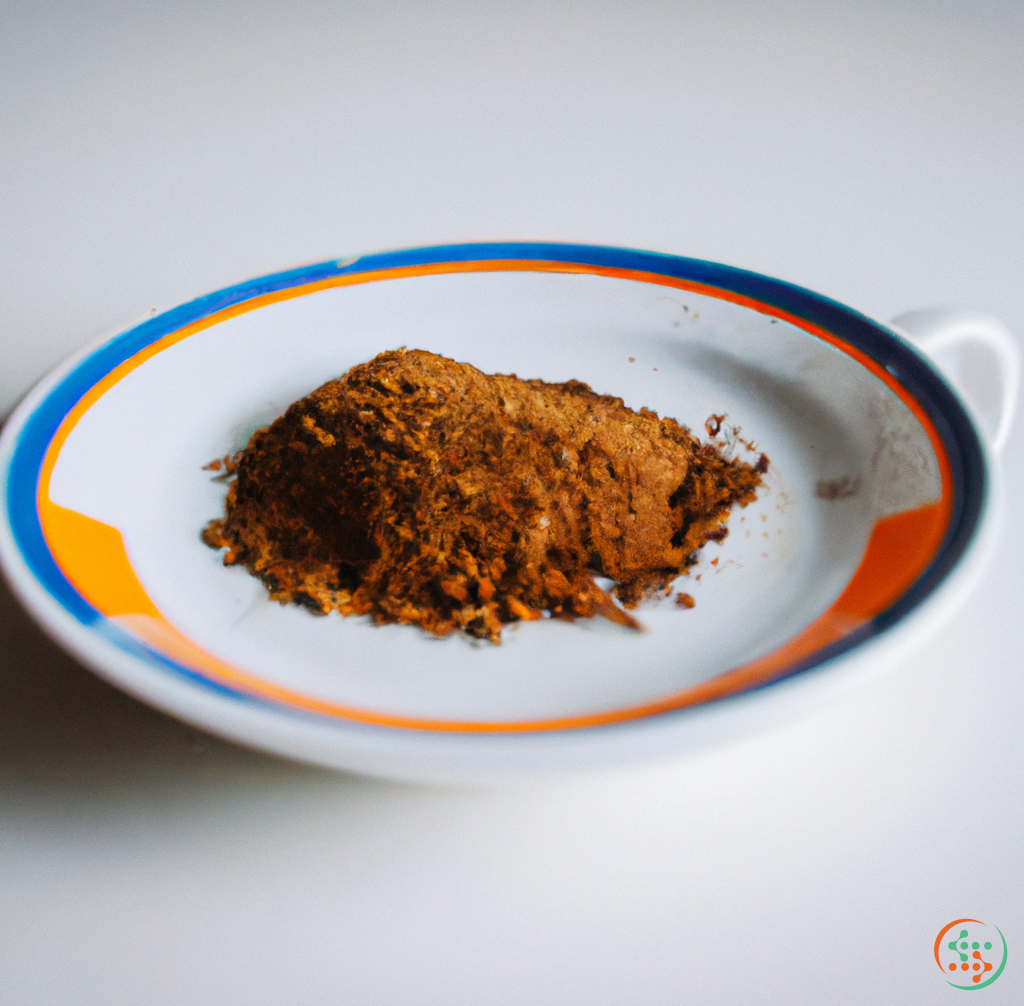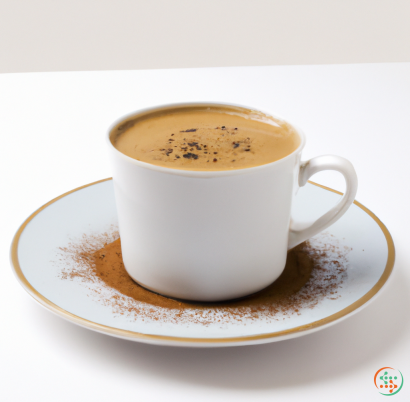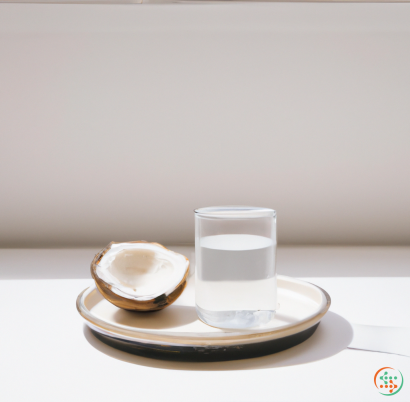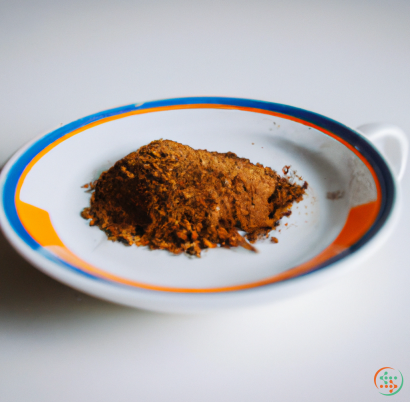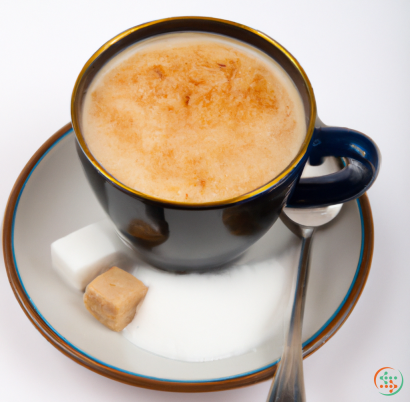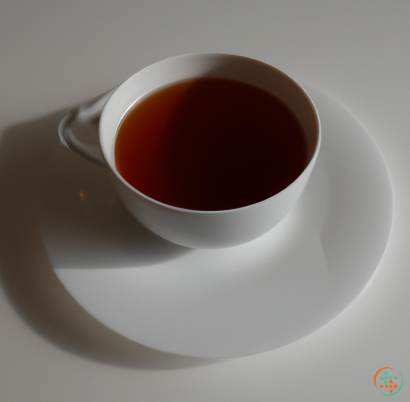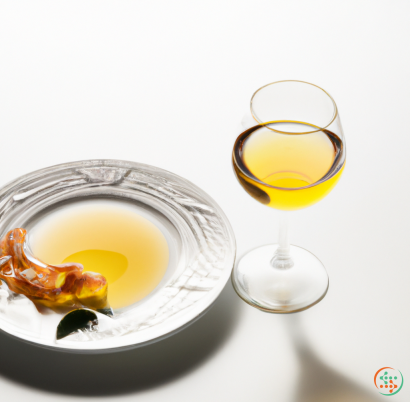Instant Coffee
In today's on-the-go lifestyle, an ever increasing number of people are drinking instant coffee. The convenience and time saving benefits of these powders, granules or crystals means they are an essential part of many daily routines. Knowing exactly what instant coffee is, how it’s made and why it has a less intense flavour than some other drinks can help us understand why it is the most popular type of coffee in the world.
Instant coffee, also known as soluble coffee, is a dehydrated form of brewed coffee. This type of coffee usually comes in a container of small, concentrated powder or granules that dissolve rapidly when mixed with hot water. The freeze-dried version of instant coffee, also called freeze-dried coffee, contains no water and is made from coffee that has been frozen at a very low temperature, then dried and dehydrated. While freeze-dried instant coffee retains much of its flavour and aroma, it is not as flavoursome as freshly brewed coffee.
So, how is instant coffee made? Before being dehydrated, instant coffee starts out like any other type of brewed coffee. Coffee beans are ground and brewed in a standard coffee maker to create a concentrated form of coffee. Then, depending on the desired final product, the coffee may then be stirred up with a powdered creamer and sugar, and possibly some flavouring. This coffee is then steam treated, which removes any remaining moisture, resulting in a concentrated coffee-like powdered product. To make your coffee, you just need to add the powder to hot water and stir.
Although instant coffee has been around for centuries, the process of making actual instant coffee was refined in 1910 by a Japanese scientist named Satori Kato. He developed a technique for dehydrating brewed coffee into small granules, which preserved the flavours. This invention quickly caught on, as it allowed people to quickly dissolve coffee crystals into hot water, giving them a much needed caffeine hit. By the 1950s, instant coffee was so popular that it had become the most commonly used form of coffee across the world.
However, much of instant coffee's popularity is due to its convenience. Since the coffee is already brewed, all you have to do is add hot water and you’ve got yourself a great cup of coffee in a matter of seconds. This makes it the perfect cup of coffee for those who are always on the go and don’t have time to brew an elaborate cup of coffee.
Not only is instant coffee convenient and easy to make, but it is also much less expensive than other brewed coffee. As it is not necessary to brew the coffee beforehand, there are no costs associated with buying and using a coffee machine. Additionally, since it has been dehydrated, it has a longer shelf life than regular brewed coffee, making it even more cost-effective.
Although many people will argue that instant coffee has a much weaker flavour than fresh brewed coffee, some studies suggest that given the right conditions, instant coffee can actually be more flavourful. In one study, researchers tested a variety of instant coffees to determine the optimal conditions for brewing a cup of instant coffee, and found that the best taste usually came from a mix of fine ground particles and hot water.
Ultimately, there is no correct answer as to whether instant coffee is better than fresh brewed coffee. It all boils down to personal preference. However, if you’re looking for a quick, convenient cup of joe, instant coffee is likely your best option. Not only is it cheaper, but it also offers a wide range of options when it comes to flavours and ingredients. So, if you’re in a hurry and want a great cup of coffee in a flash, instant coffee can be just the thing.
Introduction
Instant coffee is a convenient and tasty way to enjoy your morning cup of Joe without waiting long for it to brew. But when you pick up a jar of instant coffee from the store, have you ever thought about how it got there? How did it travel from the coffee bean to your dinner plate?
In this post, we’ll investigate the journey of instant coffee, from its origin to its ultimate destination on your dinner plate. We’ll take a deep dive into how instant coffee is made, how it is processed, packaged, and distributed to appear on shelves in coffee bars, cafes, and supermarkets around the world. We’ll also touch on coffee trends and how they’ve changed coffee consumption over the years.
Overall, instant coffee is an incredibly popular beverage and has become a staple in many households around the globe. Understanding the production process and distribution networks that bring this drink to our dinner plates is fascinating and ultimately helps us gain a better appreciation for the work that goes into making the coffee we enjoy.
How Is Instant Coffee Made?
The making of instant coffee begins with coffee beans, the brown seeds from inside coffee cherries, the fleshy fruit located on the coffee plant. These coffee beans are the foundation of any coffee beverage and the determining factor of how the coffee will taste.
The coffee beans used to make instant coffee are selected for their superior flavor profile, with Arabica beans being the most common variety used.They are then roasted at high temperatures for several minutes, releasing the natural oils and volatile aroma compounds contained within them.
Once the roasted beans have cooled, the next step in the making of instant coffee is to grind them into a fine powder. The coarseness of the powder will depend on the level of extraction desired from the coffee beans and the duration of time that it will be steeped.
The grinded beans are then extracted using hot water to produce a strong concentratedliquid called a coffee extract. This extract is then cooled and spray-dried using a special nozzle, evaporating all the water to produce the final product – granules of powdered instant coffee.
Packaging and Distribution Process
Once the instant coffee powder has been produced, the next stage is packaging and distribution. Instant coffee is typically packaged in airtight containers such as jars, pouches, and tins to ensure that it maintains its freshness and flavor.
Depending on the volume of the order, instant coffee can be packaged manually or by an automated machine. To protect the instant coffee during transit, it is typically sealed with an air-tight lid to prevent air and moisture from entering the container. This allows the instant coffee to maintain its freshness and prevent oxidation.
After packaging, the next stage is distribution. Depending on the customer, instant coffee can either be distributed directly from the manufacturer to the customer or from a wholesaler to the customer. For larger orders, a distributor will pick up the product from the manufacturer and deliver it to the customer’s location.
Trends in Instant Coffee
Instant coffee first became available in a commercial format in 1906 and quickly gained popularity due to its convenience and affordability. Since then, the industry has seen significant changes in the demand for instant coffee, particularly as new trends and lifestyle changes arise.
Organic and specialty instant coffees have become increasingly popular in recent years, with more and more people preferring these varieties over traditional ones due to an increase in health awareness. Consumers are increasingly seeking out organically grown coffees, as they are free of pesticides and other harmful chemicals.
The rise of specialty coffee has also had a significant effect on the instant coffee industry. Specialty instant coffees are made with high-quality ingredients and tend to be more expensive than traditional ones due to the longer production process, but they also offer unique flavors that cater to the more discerning consumer.
Furthermore, in recent years there has been a rise in cold brew and nitro coffee, which are both made with instant coffee but require extra processing and packaging steps.
Conclusion
Making instant coffee is a complex yet fascinating process. From the selection of the best-tasting beans, to their roasting, grinding and extraction, to the packaging and distribution of the final product, there are many steps involved in bringing instant coffee from the bean to the dinner plate.
What’s more, in recent years, we’ve seen a shift in the way that consumers approach their consumption of instant coffee, from the types of beans used, to the addition of new cold brew and nitro varieties. Overall, understanding how this unique and convenient beverage is created helps us gain a better appreciation for the work that goes into making the coffee we enjoy every day.
| Vitamin B3 | 0.24 mg |
| Calcium | 0.004 grams |
Daily Value 1.3 g
|
| Iron | 0.04 mg |
Daily Value 0.018 g
|
| Magnesium | 0.004 grams |
Daily Value 0.4 g
|
| Phosphorus | 0.003 grams |
Daily Value 1.25 g
|
| Potassium | 0.03 grams |
Daily Value 4.7 g
|
| Sodium | 0.004 grams |
Daily Value 2.3 g
|
| Zinc | 0.01 mg |
Daily Value 0.011 g
|
| Copper | 0.01 mg |
Daily Value 0.9 mg
|
| Manganese | 0.02 mg |
Daily Value 0.0023 g
|
| Selenium | 0.1 ug |
Daily Value 0.055 mg
|
| Total Sugars | 0 ug |
per 100g
|
